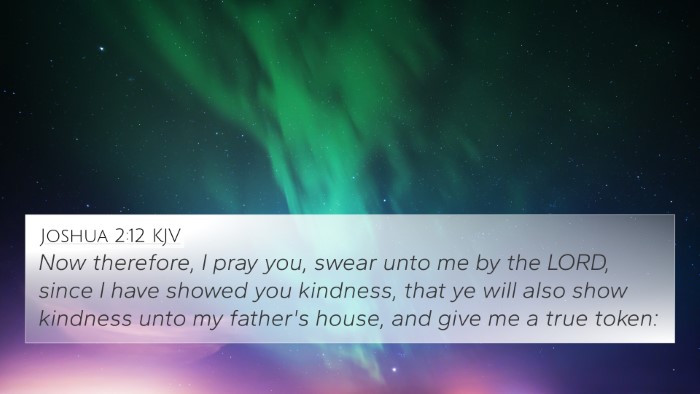Understanding Mark 14:44 - A Comprehensive Analysis
Mark 14:44 states, “And he that betrayed him had given them a token, saying, Whomsoever I shall kiss, that same is he; take him, and lead him away safely.”
This verse captures the moment of betrayal by Judas Iscariot, marking a pivotal point in the narrative of Christ’s passion.
Contextual Overview
In the preceding chapters, Jesus foretold his suffering and execution, clearly indicating the role of betrayal. Judas’ actions, fueled by greed, reveal the sad reality of human corruption and the lengths to which one may go for worldly gain.
Key Themes and Meanings
- Betrayal: Judas’ kiss signifies the ultimate act of treachery. On the surface, a kiss is a symbol of affection; however, in this context, it becomes a tool of deception.
- Tokens of Identification: The 'token' given by Judas highlights how trust can be manipulated. The kiss is a cultural sign of respect and greeting but is perverted in this instance.
- Divine Sovereignty: Despite the act of betrayal, God's plan proceeds. This reflects the theological understanding that God can utilize human actions, even sinful ones, to fulfill His purposes.
- Fulfillment of Prophecy: This event comes as a fulfillment of the Scriptures, indicating that even acts of treachery were foretold (Psalm 41:9).
- Isolation of Christ: This moment underscores the loneliness of Jesus during his final hours, as even one of his closest companions turns against him.
Thematic Connections and Cross-References
Mark 14:44 connects deeply with various scriptures that illuminate themes of betrayal, trust, and divine foreknowledge. Here are some key cross-references:
- Psalms 41:9: "Even my own familiar friend in whom I trusted, who ate my bread, has lifted up his heel against me." This verse foreshadows betrayal from a familiar companion.
- Matthew 26:49: "And forthwith he came to Jesus, and said, Hail, Master; and kissed him." This parallels Mark 14:44, providing insight into Judas’ insincerity.
- John 13:21-27: Jesus identifies Judas as the betrayer during the Last Supper, illustrating the building tension leading to this moment.
- Luke 22:48: Here, Jesus addresses Judas directly with “Judas, betrayest thou the Son of man with a kiss?” emphasizing the depth of his betrayal.
- Acts 1:16-17: Peter references Judas as a fulfillment of prophecy, underscoring the divine plan behind Judas’ actions.
- Matthew 12:40: Jesus speaks of his future resurrection, showing that his betrayal and death were necessary for ultimate victory.
- Isaiah 53:3: This passage describes the suffering servant who would be "despised and rejected by men," seamlessly tying into the narrative of Jesus’ betrayal.
Comparative Analysis
When engaging in a comparative Bible verse analysis, Mark 14:44 can be placed in the broader context of the passion narratives across the Gospels. Each Gospel writer emphasizes different aspects of the betrayal and arrest of Jesus. For example, while Mark and Matthew focus on the physical act of betrayal through the kiss, Luke takes a more empathetic approach, showing Jesus' pain at Judas' betrayal.
Tools for Cross-Referencing
To delve deeper into the connections between Bible verses, utilizing a comprehensive Bible cross-reference guide or a Bible concordance can be beneficial. Tools like these help in discovering thematic Bible verse connections and supporting verses that relate to particular themes found in Mark 14:44.
Conclusion
Mark 14:44 serves as a poignant reminder of the complexities of loyalty and betrayal, further revealing the frailty of human relationships in the face of divine purpose.
Understanding this verse and its related passages also highlights the overarching narrative of redemption that runs throughout Scripture. By linking Bible scriptures and uncovering the thematic connections, we gain deeper insight into the heart of the Gospel and the profound implications of Christ's sacrifice.












